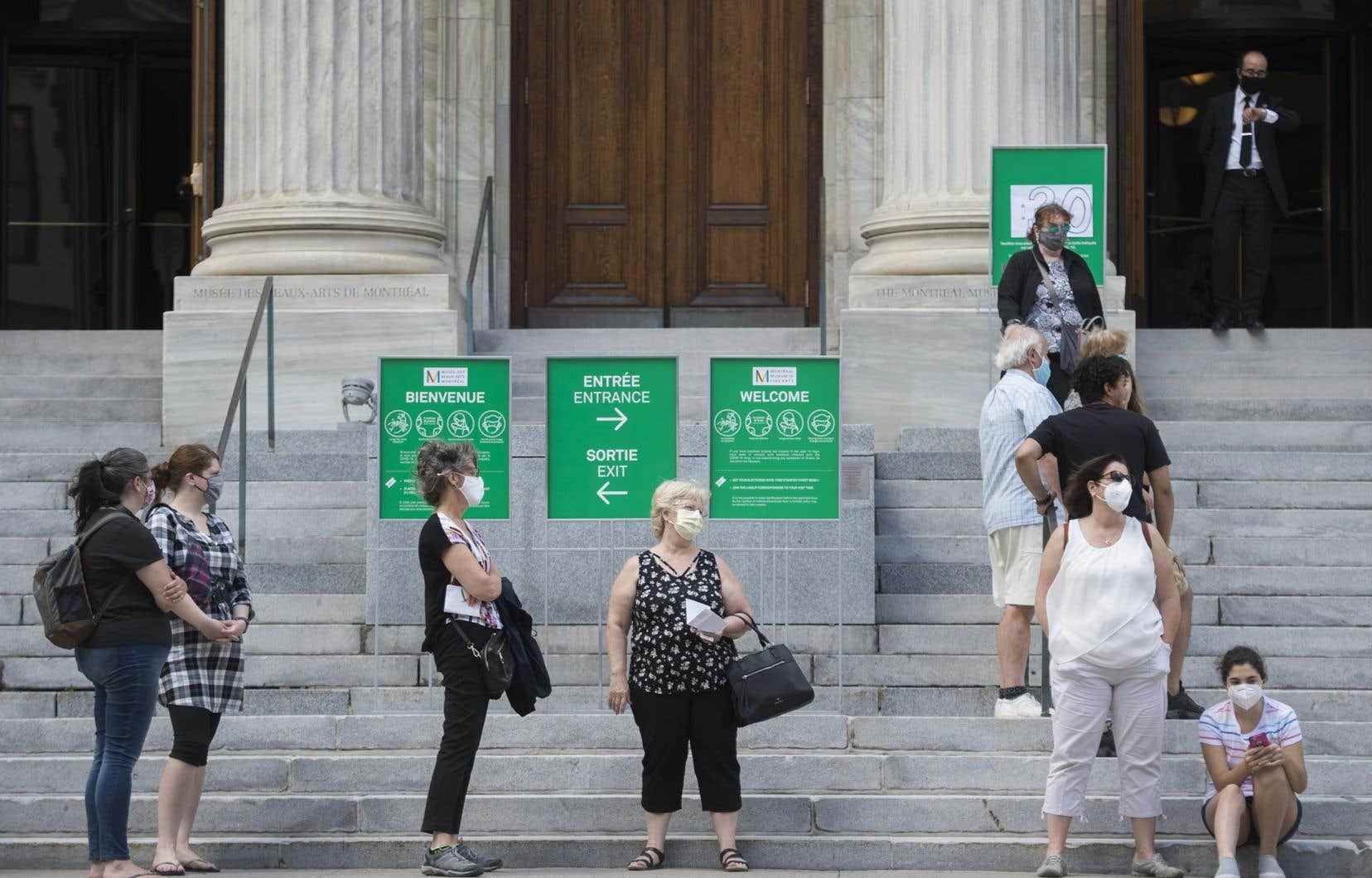Women working in the cultural sector were three times more likely than their male colleagues to leave this sector permanently during the pandemic. At least that’s what a recent study shows, which recalls how much the entertainment industry has suffered in the past two years.
According to a report by Competence Culture, 19,000 workers left the cultural sector in Quebec between 2019 and 2021. Of this number, 14,000 were women, whereas before the pandemic they represented less than 50% of working people. in the area.
“We can think that women had family obligations which pushed them to change sectors during the pandemic”, advances the general manager of Competence Culture, Pascale Landry, who also underlines that women are more affected by precariousness than men. .
The study indicates that the difference between the salaries of men and women in culture is still slightly greater than in other spheres of activity, although the gap has narrowed in the last decade. “Women have lower salaries in culture, but they are also more likely to find themselves unemployed or working two jobs,” laments Ms.me Landry.
Labor shortage
These 19,000 departures have of course aggravated the labor shortage. According to Competence Culture, the low competitiveness of wages in the cultural sector is a major obstacle to attracting new workers.
However, the situation is not new, and is well before the pandemic. The cultural milieu lags behind other sectors of the economy in terms of working conditions. In 1997, salaries in the cultural sector were between 9% and 14% higher than the Quebec average, according to Statistics Canada data cited in the study. Then, salary increases were not there, and compensation ended up approaching the average between 2001 and 2009. In 2019, workers in the cultural sector earned about 9% less than those in other sectors .
“With all the competition from other sectors of activity, we will have to be able to improve incomes for workers. Yes, wages, but also working conditions. The pressure, the unpaid work, the working hours… These are all things that came up often in our study”, underlines the general manager of Competence Culture.
Two different worlds
The figures on remuneration must however be put into perspective according to the area of the cultural sector in which one is interested. In the culture and information sub-category (telecommunications, publishing, cinema, sound recording), salaries remain generally higher than those of other employment sectors. However, the Arts, entertainment and recreation sub-category (performing arts and museums) was an impressive 36% behind the Canadian average, even before the pandemic.
With COVID-19, the gap has widened even further between the two groups. Filming, bookstores and certain media were certainly stopped at the start of the pandemic, but these circles quickly resumed their wanderings in the months that followed. GDP for the Culture and information sub-category was even up 3.2% at the start of the year in Quebec compared to January 2019. Conversely, GDP for Arts, entertainment and recreation still lagged by nearly 22% compared to 2019 when theaters were able to open without a limit gauge, in the fall of 2021.
“I don’t know where we are right now, but it would be amazing if we got back to normal. Because the recovery is very complex in the room. People don’t buy season tickets anymore, they buy at the last minute. There is also the labor shortage, which forces the cancellation of shows. And with the recession that is looming, we can also think that people will come to theaters less. I don’t know when we will return to the situation before, ”adds Pascale Landry, not without concern.
At the very least, government aid has proven to be beneficial for the cultural milieu. Competence Culture estimates that 6,600 full-time jobs have been saved thanks to these measures.
To encourage the recruitment of new workers, the organization will soon launch the Culture et moi campaign to promote occupations for which the labor shortage is particularly felt.
